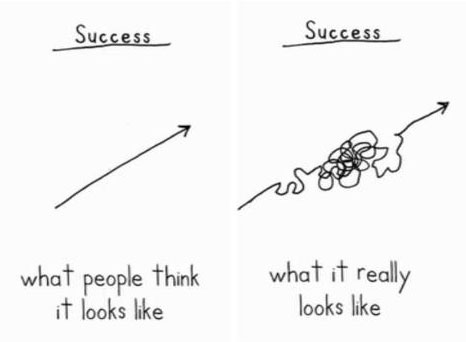 I’d always been a fan of Frank Turner, but it was a series of social media-centric events in 2009 that turned me into a fan for life.
I’d always been a fan of Frank Turner, but it was a series of social media-centric events in 2009 that turned me into a fan for life.
The English singer-songwriter (“skinny, half-arsed English country singer”, by his own admission) tweeted some enigmatic request for Brooklyn-area followers to get in touch with him, as plans were afoot. Naturally I complied, feeling the urge to hear a familiar song sung in a familiar accent, after several months away from the Motherland.
It turned out to be a show on a date that I would be out of town, yet the simple one-on-one connection with a musician whom I admired drew me into Frank’s blog and Twitter feed still further. This, in turn, resulted in another e-mail exchange on his way back through the tri-state area, through which I learned of a secret show in a tiny Hoboken pub (think pool table in the middle of the “dance floor”) and was able to attend an intimate gig that lingers long in my memory.
Through just a few personal touches, Frank had gained a life long fan.
A Lifetime Customer.
The Value of a Lifetime Customer
Lifetime Customer Value (LCV) is a somewhat inelegant marketing measurement that is, nonetheless, a huge boon to any artist serious about pursuing a long lasting career in music. If you’re in it for the long haul, you’re going to need a dedicated core of fans in it with you, no?
LCV is calculated based on the average spend over a set period of time, multiplied by the expected duration of the relationship. We can work in factors such as losing fans and the cost of keeping them around, but for simplicity the main areas to focus on here are these:
- What your average fan spends in a year, and
- How long you expect a given project to last.
The concepts are more important than the actual measurement, for the moment, as they get you thinking about where you make money on your music (and, more importantly, how you may be able to increase that average spend).
You also gain perspective on the differing contributions that your various musical projects are making to your income…
Which of your projects have potential to expand into crucial income streams?
Which are more ‘for fun’ and should be prioritized accordingly, at least in terms of marketing time?
Understanding where your effort and time is best spent, along with seeing what the spend will be in return, allows you to contrast the value of a simple album sale or song download with the broader context of a fan that knows you, loves your music, and wants to support you for the long haul.
Turning Listeners Into Lifelong Fans
 As there is more and more competition for listener attention, so the distinction between a listener and a fan becomes increasingly important for you and your career in music.
As there is more and more competition for listener attention, so the distinction between a listener and a fan becomes increasingly important for you and your career in music.
You may begin to attract substantially more listens, be they monetized spins on Spotify or indicative ‘views’ on YouTube, but without converting a good proportion of these folks to fans, then lifelong fans, making a living from your music will be all the more difficult.
I have a full series of articles planned for February and March that will dissect every inch of moving your listeners along this spectrum, from passive listener to passionate fan for life.
The truth is that it’s a slow burn for 99.9% of musicians.
Very few of you will soar from a tightly knit group of fans to superstar status on the basis of one amusing YouTube video or turning your cat into the next big internet meme (this is a valid strategy, should you wish to explore it… but, please remember, that a cat is for life, not just viral marketing). Relationship building, boosted by new media connections, and incremental nudges are at the core of what I believe is the key to succeeding as an independent in the music industry, now that the old models are falling away.
Starting next Monday, we’ll be looking in more depth at the concepts that relate to building a long term fan base and calculating LCV to understand your income from music. To avoid missing this journey, sign up for the e-mail updates over there in the top right hand corner.
I’m excited to start a discussion around these ideas and eager to hear what you want to read about in more depth. So come on, overload me with posts to write by telling me what you need here in the comments!
Life is too short to just sing the one song,
So we’ll burn like a beacon, and then we’ll be gone.
~Frank Turner – ‘Poetry of the Deed’








.